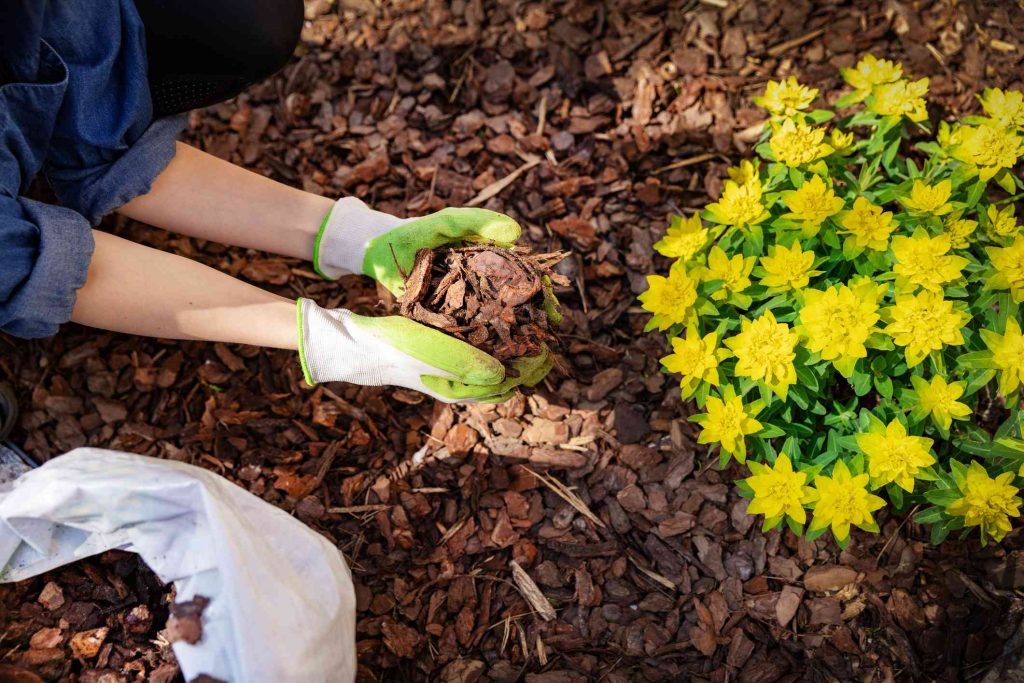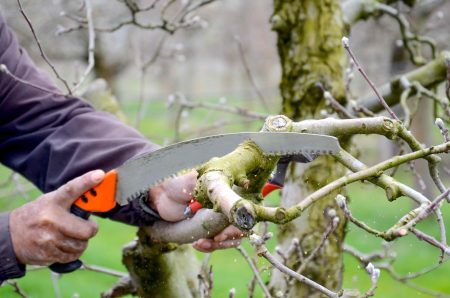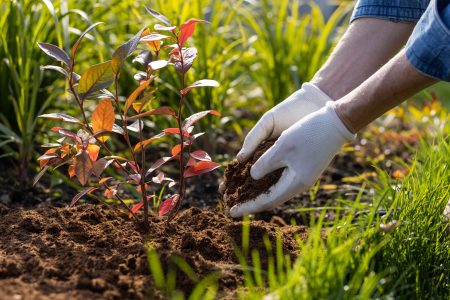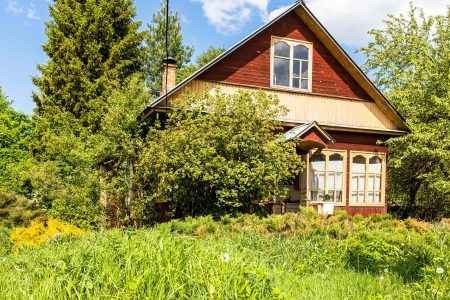While there are definitely times you should replace your garden mulch, you don’t necessarily have to do it every year. In fact, most gardeners will tell you it’s better to top up your existing mulch rather than remove anything from previous seasons.
This sounds easy enough, but we wanted to make sure we had our facts straight. We turned to a few experts to ask for their top mulch tips.
Meet the Expert
David McCary is the co-owner of Seattle Sustainable Landscapes, a full-service landscaping company.
Can You Reuse Mulch Next Year?
David McCary, the owner of Seattle Landscapes, tells us that certain mulch should be kept on the soil year after year.
Rather than thinking of it as reusing old mulch, he thinks of it more as the mulch being constantly used and added over time—particularly true if you’re using mulch that adds nutrients to your soil.
“If you’re using arborist chips or a compost-infused dark fine mulch, these work really well and will never need to be removed,” McCary says.
However, other types, like cedar play chips and medium bark, don’t add any nutrients to the soil as they break down.
“When they lose their aesthetic, it may make sense to remove them,” McCary says. “Personally, I would add dark fine mulch on top and allow them to become soil over time.”
Want more gardening tips? Sign up for our free gardening newsletter for our best-growing tips, troubleshooting hacks, and more!
Why You Should Reuse Your Mulch
The most simple answer to why you should reuse your mulch each year? There’s no reason to remove it. Generally, if the mulch is fine, leave it where it is and add more, says McCary. Allow it to break down and become soil over time.
Know why you’re using mulch in the first place. If you’re trying to suppress weeds, McCary says you’ll want a healthy layer to prevent unwanted plant growth. For moisture retention, it’s more important to make sure the soil is not compacted and that there’s a permeable layer.
Other regions might call for mulch to help with heat and cold resistance to protect roots or the mulch might be used to add nutrients as it breaks down.
Signs Your Garden Needs More Mulch
- McCary suggests continually adding more mulch every year or two. Ideally in the spring or after the leaves fall, but any time is a good time, he says.
- If you notice your mulch is compacting, it also might be time to add a fresh layer. In this case, you can rake up your mulch first to make it less compacted, and then add as needed. The end result should look light and fluffy.
- McCary also suggests assessing your needs if you have drip irrigation. If the system is exposed, that’s a warning that the mulch layer is starting to decompose or erode. Heavy raking or blowing can be a problem with mulch and soil erosion, says McCary.
What Kinds of Mulch Are There?
McCary also offered a handy guide for the most common types of mulch.
Common Types of Mulch
- Arborist Chips: A mix of all types of trees, although many don’t like the aesthetic. “It does break down so it slowly releases its nutrients,” says McCary.
- Medium Bark: This reddish bark is the most common type people think of when they think of mulch.
- Cedar Play Chips: While this kind is common for playgrounds, McCary says it actually leeches nitrogen from the soil, so beware.
- Dark Fine Mulch (compost-heavy): McCary says this is his company’s personal favorite. “It does break down more quickly, though, so it will need to be replaced,” he says.
Read the full article here









